![]()
While it’s easy — and sometimes fun — to get caught up in discussions of gear and worry about what’s the best camera or lens, some photographers are instead laser-focused on how they can use whatever gear they have to create the exact artwork they envision. Fine art photographer and filmmaker Dana Scruggs is firmly in the latter camp.
A Chicago-born and New York-based photographer, Scruggs’ work is on display in prestigious art galleries around the world, and she has worked with huge clients like Vanity Fair, TIME, Rolling Stone, The New York Times, ESPN, Google, and more.
Smartphones Make Photography More Affordable
It is her work with Google that inspires this story, as through her work with Google’s Pixel Creator Labs program, Scruggs, who often shoots with high-end, dedicated photography equipment, shows what is possible when you put a smartphone in the hands of an artist.
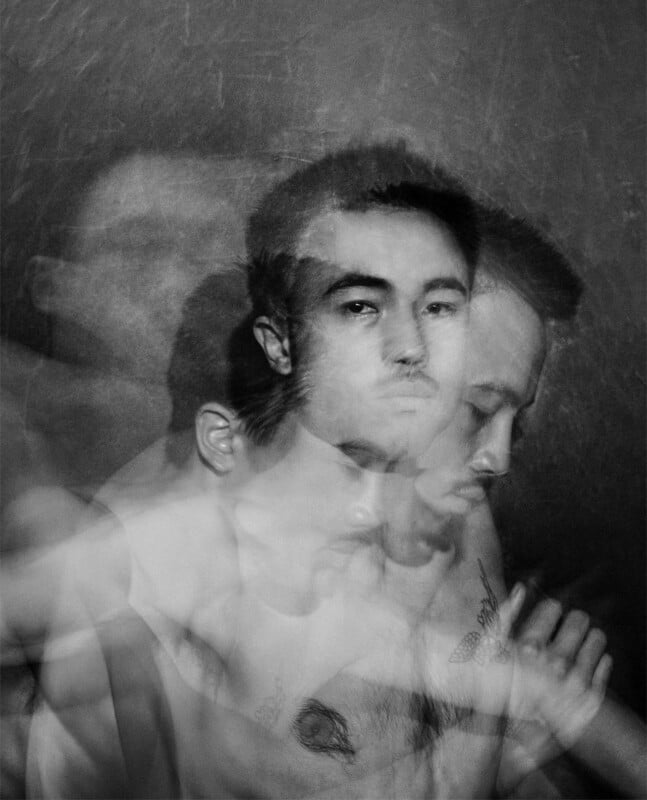
No, even the latest Google Pixel smartphones, as good as they are, can’t match modern full-frame cameras in terms of image quality, performance, or versatility. However, smartphones can still do a lot, and much more than they could even just a few years ago.
It’s so easy for seasoned vets to scoff at using a smartphone to create meaningful work. Still, for Scruggs, smartphones are emblematic of the democratization of photography and help break down barriers that have long suppressed stories people wish to tell.
“When I first started shooting, I couldn’t afford a DSLR,” Scruggs recalls. “My mom helped me, and that’s how I got my first camera. But just on my own, I had a phone. But phones weren’t what they are now.”
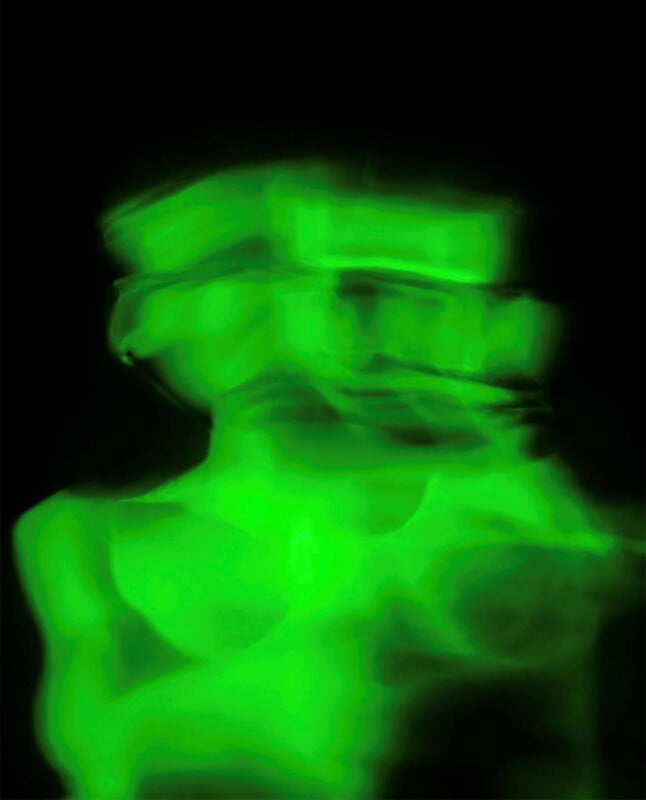
“Now, if you have a phone, you have most of the components you would get in a DSLR [or mirrorless] camera,” the photographer adds, saying that smartphones today are a fantastic entry point for people interested in creating images.
“I think it’s a really great thing,” Scruggs says of the improved access to photography that smartphones provide. “A lot of people don’t have access to these cameras, or maybe you have to make a choice: Do I buy a camera or a phone? Something like the Google Pixel kind of gives you both.”

Improving Smartphone Camera Tech Means a Phone Can Genuinely Fit Within a Professional Workflow
The Creator Labs program aims to show how professional photographers and filmmakers can not only create something interesting with a smartphone but also create something that easily fits within their broader body of work. This has come up within internal discussions at PetaPixel: even if a smartphone can’t do everything a dedicated camera system can, it can seamlessly blend in with a more traditional kit. Smartphones can fit in places large cameras can’t, and they can be less intimidating or eye-catching in many situations, enabling photographers to capture images in different ways.
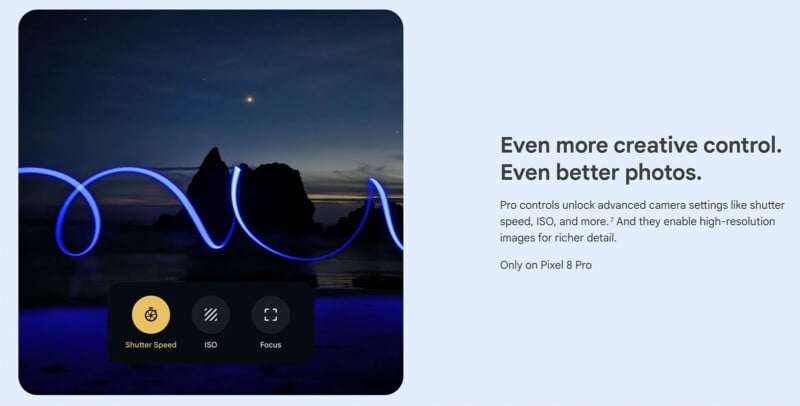
Scruggs takes it all a step further, utilizing the long-exposure modes and features in the latest Google Pixel smartphones. All of the photos seen in this article are a single capture, and made possible through very clever — and secret — lighting techniques and Pixel’s new long-exposure features.
Balancing Advanced Photo Features and Accessibility
On Google’s side, there is an ever-present balancing act between making its smartphones more powerful photographic tools for artists like Scruggs and still making them accessible to users without a lot of experience.
“It’s something we battle with internally every time we develop a feature,” says Sebastian Rodriguez, senior product marketing manager at Google and a longtime member of the Pixel team. “There’s a mixture of control versus the moment and how fast you’re able to capture an image. But at the same time, how do you meet the creative talent where they’re at and give them more control to bring their vision to life?”
![]()
Rodriguez adds that the Pixel team has spent the last decade trying to ensure their camera technology enables people to get an amazing photo, no matter the condition. While there are pro-oriented features that provide users granular control, the Pixel team never wants to lock features or performance behind a knowledge barrier.
Balancing how much control to provide at the surface level versus how much should be tucked away is a complex decision. It’s getting easier all the time, though, thanks to improved artificial intelligence and image processing technology, which makes it easier to get more out of a single frame on a smartphone.
The idea of processing carries through beyond the point of capture, too, as Scruggs lauds the latest Pixel smartphones for making life easier during a photoshoot. While a DSLR or mirrorless camera captures files that are very easy to work with on a computer, getting a publishable image on the camera in the field is not necessarily straightforward. It’s possible to do everything on a smartphone. The path from idea to capture to processing and, finally, to publishing is significantly shorter with a smartphone.
“If I’m out shooting somewhere, and I have to deliver images immediately, I could bring the images to full realization just through the phone,” Scruggs explains.
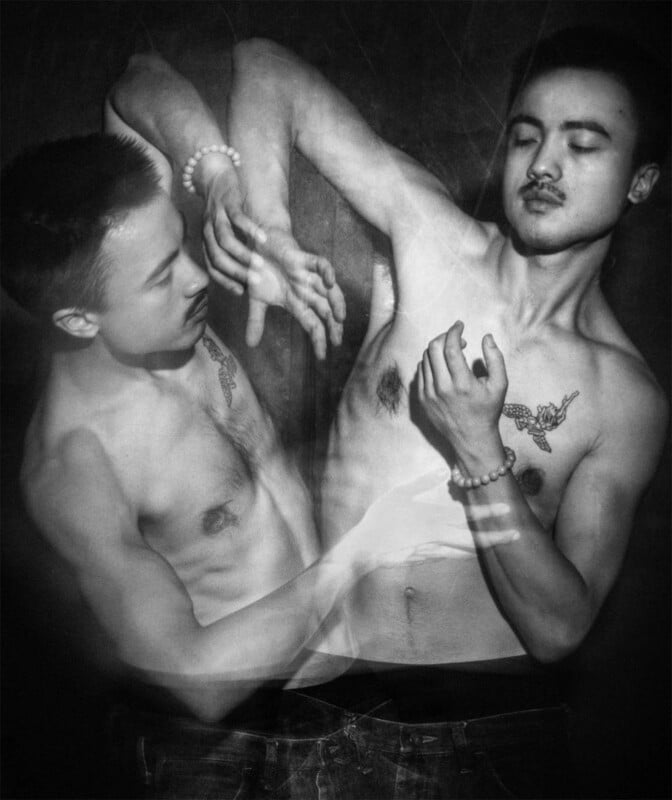
How Professional Artists Help Google Improve the Pixel Series
Scruggs, along with other professional artists, has long worked closely with Google’s Pixel team to ensure that the phones have the performance and features that professional photographers require.
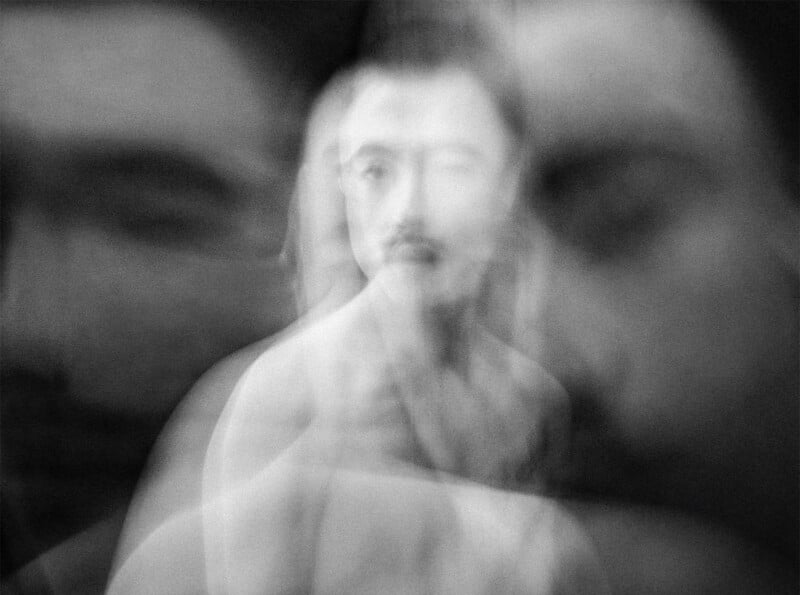
“That’s the whole intention when we work with Creator Labs. It’s a passion project, but also a way to receive feedback about what we could be building, how we could simplify some of our processes, and at the same time, figuring out what we should be focusing on,” Rodriguez explains.
“It took a lot of feedback from photographers like Dana,” Rodriguez adds, noting that Scruggs worked with a prototype Pixel 8 Pro and helped the team iron out the motion capture and long-exposure features that Scruggs used to capture the images seen throughout this article.
“One of our biggest efforts is actually sitting down with creators, photographers, and videographers, colorists and editor, and being able to say, ‘What do you want the camera to do?’ That’s how we develop something that will work for people trying to create,” Rodriguez concludes.
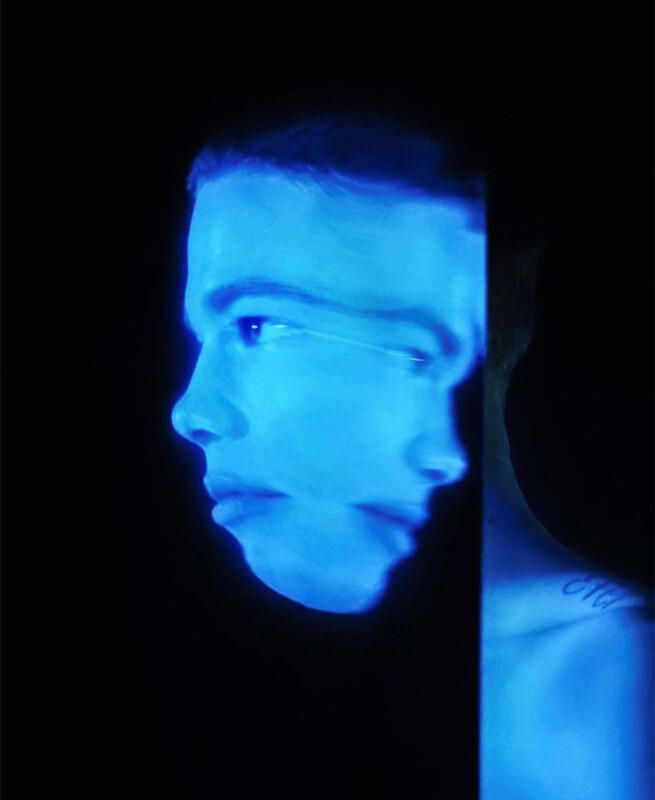
More From Dana Scruggs
More of Dana Scruggs’ work is available on her website and Instagram.
Image credits: All photographs by Dana Scruggs. All images of Google Pixel phones by Google.
